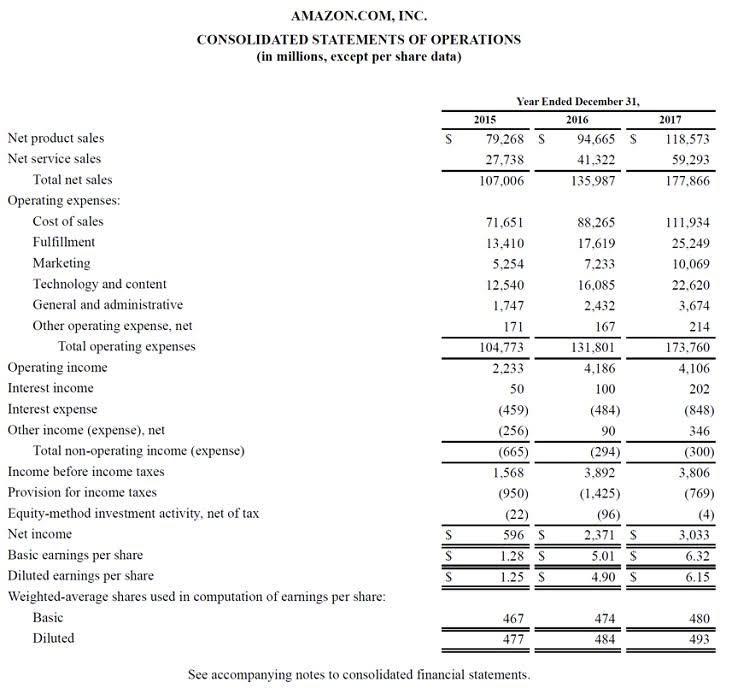Content
- Restaurant accounting: master your finances
- Price: Contact us to get your free small business bookkeeping assessment
- Different types of expenses
- Connecting Shogo to Your POS System
- The Importance of a Company Policy Handbook or Guidelines Regarding Tip Policies
- Balance Sheets
- Learn How We Can Impact Your Business Growth
- Templates for All Your Restaurant Accounting Needs
QBO has worked very well for all of our restaurant clients, so we recommend it 100% of the time. You’ll have to fill out a form with all your restaurant’s information including the name, location, and even a store code if you have multiple locations with the same name, like with a franchise. They’ve done a fantastic job of keeping this seamless integration easy. Your gross profit is the difference in value between the selling price of a dish and the cost of the ingredients and materials used to make a dish (your COGS). When you calculate break-even point in units, you’re learning how many pizzas, coffees, fixed price meals you’ll need to sell to achieve that same goal.
- The templates can also be used as a starting point for creating a more comprehensive accounting process or as a backup to existing accounting software.
- Know that the average establishment tends to spend around 25 to 35 percent of their gross sales on payroll costs.
- Cloud bookkeeping software with digital apps help you quickly turn random invoices and sales slips into digital documents ready for processing.
- Ensure that you keep all receipts and invoices organized and record your transactions accurately.
- A seasoned restaurant operator, restaurant CFO, consultant, contract CFO, and author of QuickBooks for Restaurants.
- Once you’ve identified areas to focus on, you’ll need to set specific and measurable goals, also known as SMART goals.
Prime cost is a summation of all your labor costs and your cost of goods sold. Paying your restaurant staff, including front-of-office staff and kitchen crew, is part of your labor costs. Benefits, payroll https://www.bookstime.com/ taxes, and similar add-ons are also included in labor costs. As an owner, you know the challenges of running a restaurant, such as staffing, inventory management, and controlling the cost of goods sold.
Restaurant accounting: master your finances
Reconciling QuickBooks accounts is the single most important piece of the entire bookkeeping process. Reconciling your accounts is the only way to know that you have recorded all of your financial transactions. You need to reconcile all of your accounts not just your bank accounts. As with any business decision, weighing up the pros and cons is crucial, as outsourcing can be costly. A cash flow statement tracks all the money that comes in and out of your restaurant during a specific period.
The IRS views gratuities as a form of income, so it is your responsibility to correctly report all the wages that your staff members earn. 2) Isn’t it time you had a better understanding of your current and future financial performance? Zachary has built Custom Restaurant Financial bookkeeping san francisco Models just for restaurant owners and operators. Yes, being a frugal business owner is important—wasteful spending results in income statements that show negative numbers. Having this checklist can help you find common business expenses to be deducted from your taxes.
Price: Contact us to get your free small business bookkeeping assessment
Find out how much revenue you make each day and ideally break them further into food and beverage categories. A profit and loss statement (also known as a P&L or income statement) tracks your restaurant’s revenue, cost of goods sold (COGS) and expenses over time to show if you’re operating at a profit or loss. The accrual accounting method records revenue and expenses when they are earned or incurred, regardless of when the actual cash transaction occurs. This means that revenue is recognized when a sale is made, even if the customer still needs to pay, and expenses are recognized when they are incurred, even if the bills are still to be paid. Practicing thorough restaurant accounting is crucial, but it can be overwhelming to think of managing your own books and records at first. To better understand restaurant bookkeeping, read these restaurant account tips and suggestions, and get on the way to being as successful as you imagined.

Restaurant bookkeeping with Toast and QBO is by far our most preferred setup. Our clients love the front end of Toast and the reporting and accounting integration back end is really great for accountants. Once you’re behind on your restaurant accounting, it is difficult to get caught up. This is the money that you need to pay to suppliers for the goods and service they provide.
Different types of expenses
The number of accounting periods a restaurant has depends on the type of accounting period it follows. If your restaurant follows the accounting period, which is recommended, you’ll have 13 accounting periods in a year. Simplify accounting for restaurants with QuickBooks so you focus on the food while getting more accurate results. We know this is a lot to track, but once you make it a habit or have someone in charge of your restaurant accounting system, it will be like cooking your favorite recipe. If you were to use a calendar year accounting period, for example, you’d have to compare longer months with shorter months, and sometimes one day can make a big difference. As GOP legislators passed the biggest tax reform bill since 1986, Bookkeeping Chef can give you a complete view of your business’ total tax liability.

Successful restaurants can attract and retain customers by developing a marketing plan. Restaurant industry laws and regulations cover everything from food handling safety to maximum occupancy to alcohol sales. Bookkeepers and CPAs are both valuable and will help you keep your restaurant’s books clean. But the main advantages heard from CPA clients range from security and tranquility — to feeling supported and valued. Think of bookkeepers like the line cook and a strategic accountant as the chef.
